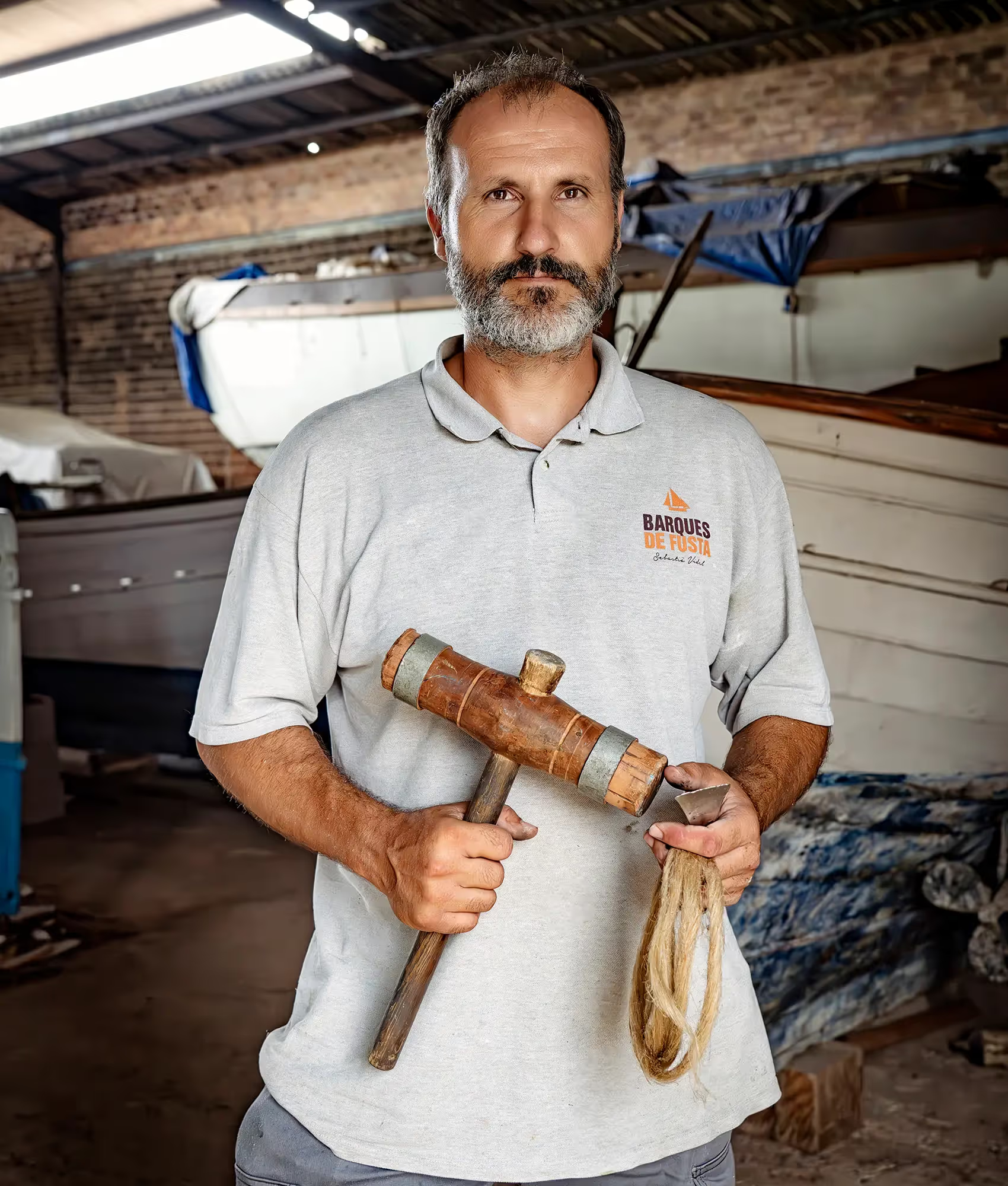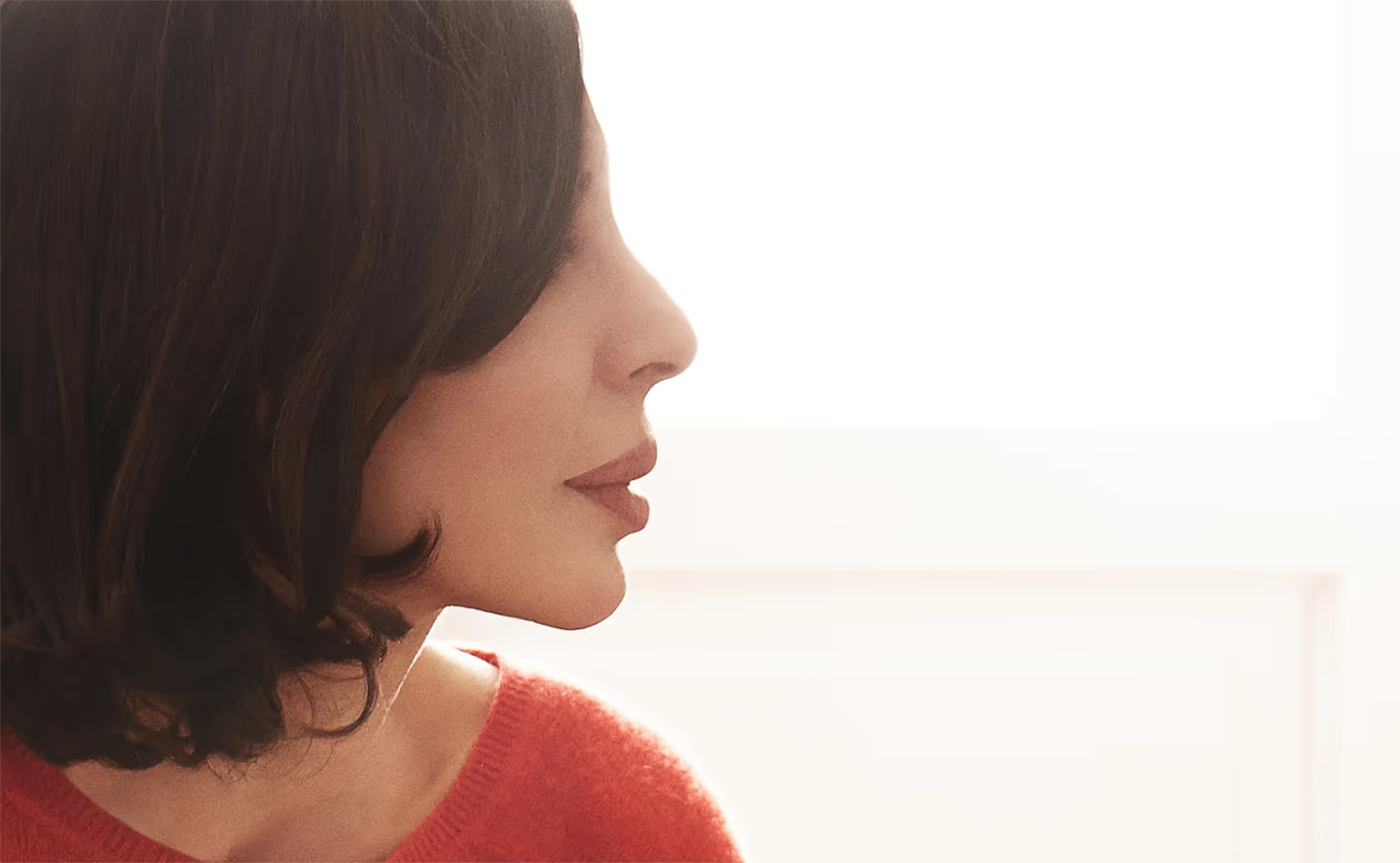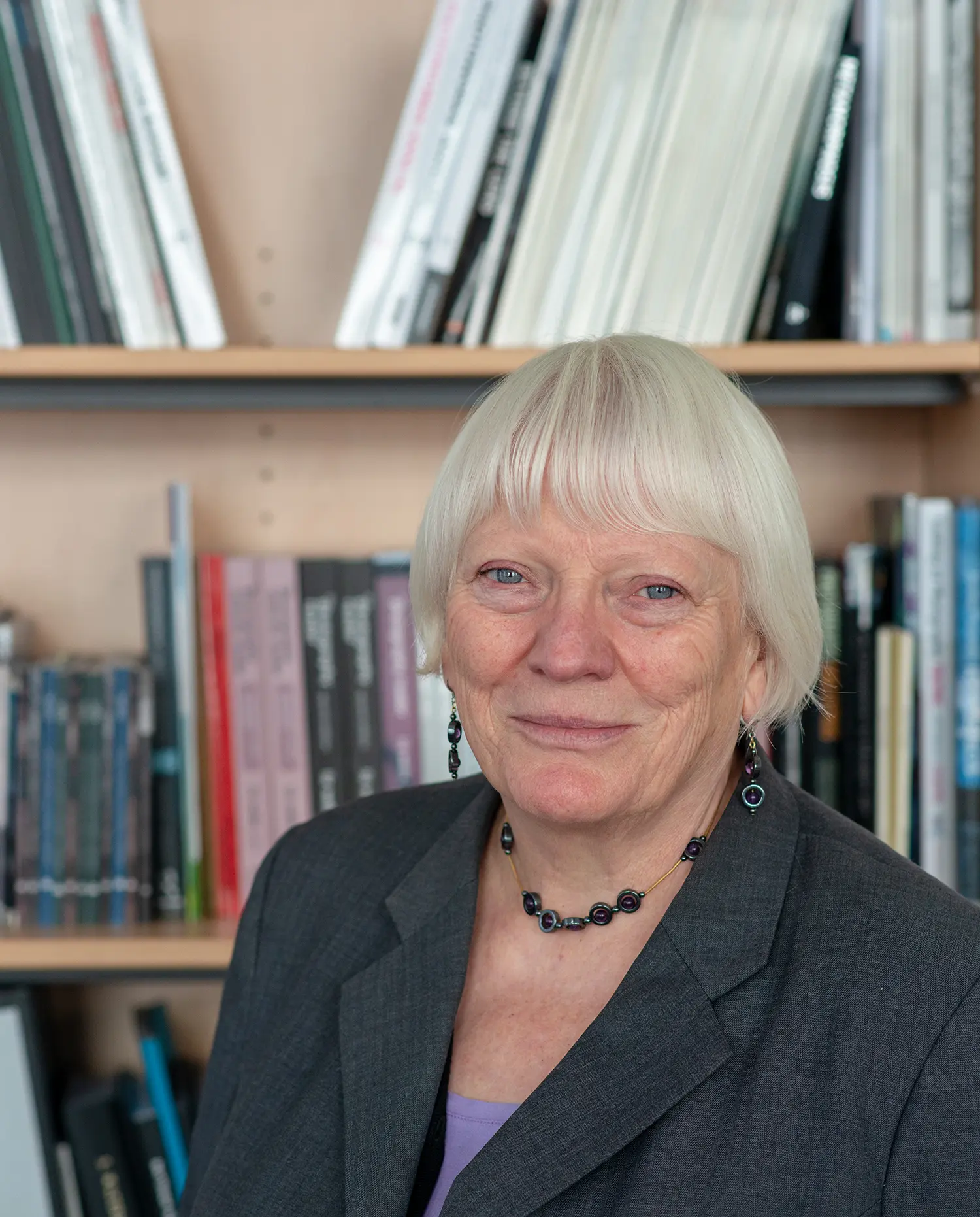

My priority is to visit Casa Planas and to learn more about their archive. I shall also be contributing to the COSTA conference, with a few notes on tourists using photography. I have never previously visited Palma, or, indeed, Mallorca, so I also hope to have time to learn something about the island. I shall be staying on for a few days after the conference.
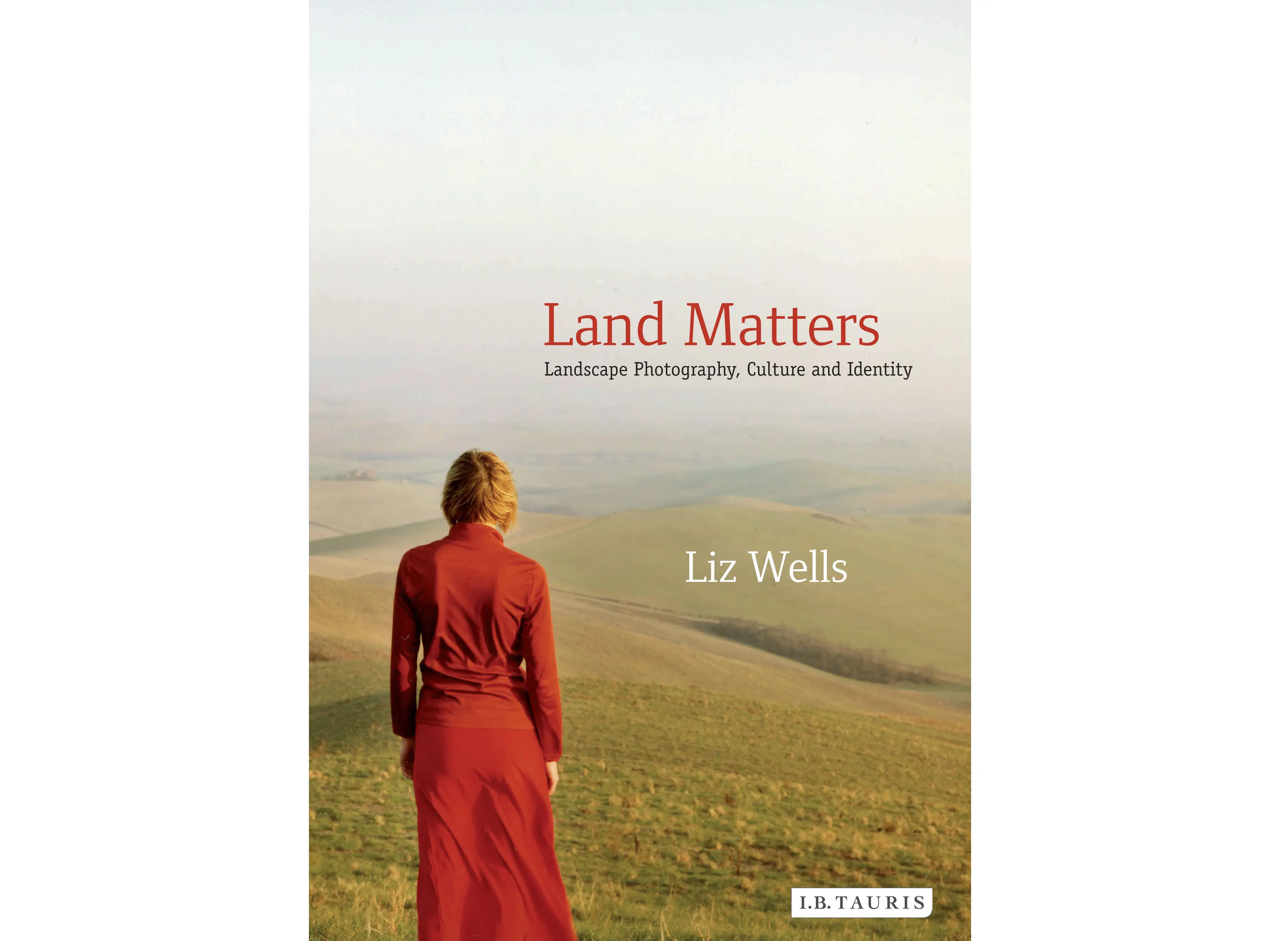
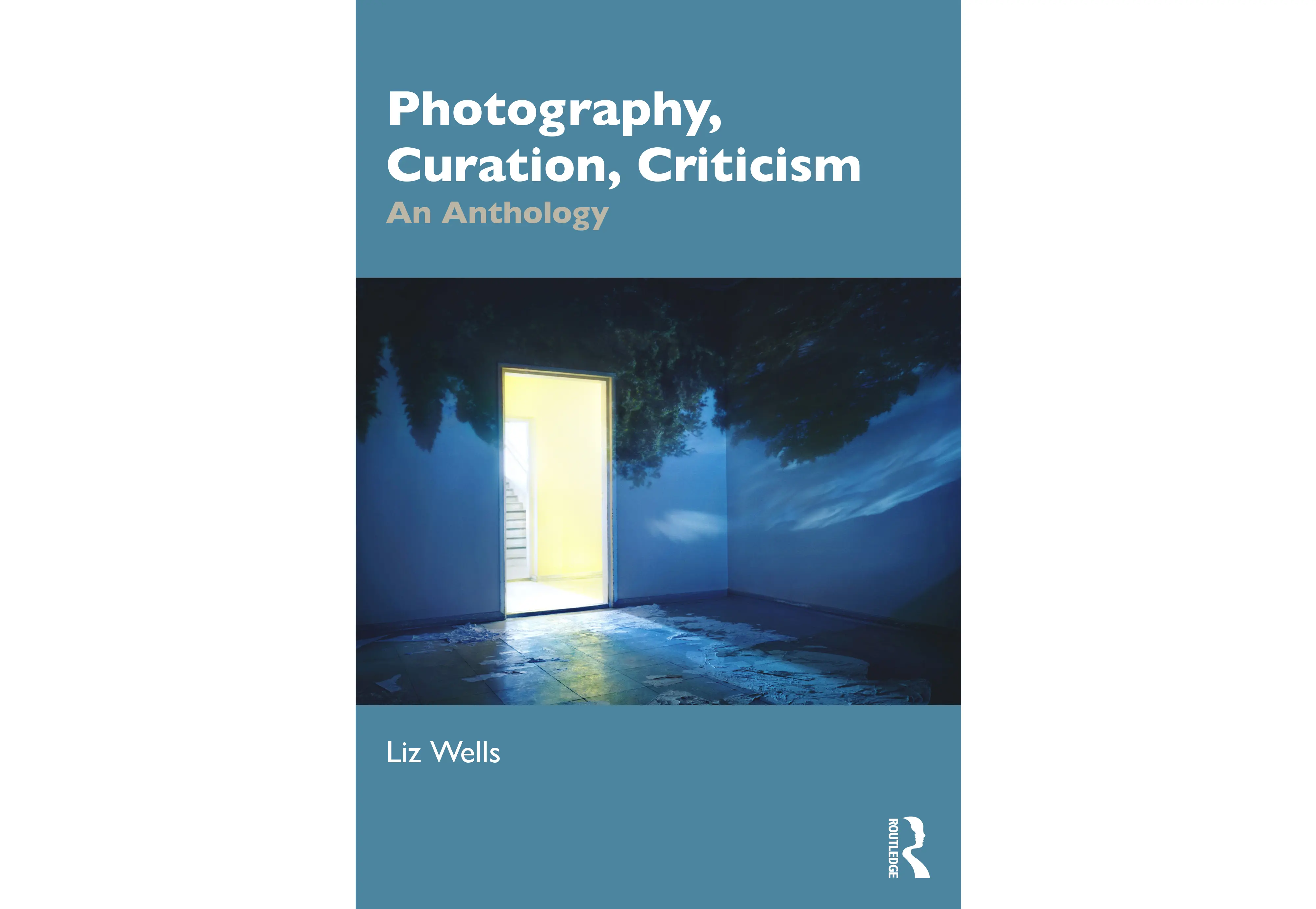
It has been suggested that Art asks questions, whereas Science seeks answers. Serious photography not only documents but also explores and contributes to extending out understanding of circumstances through critically engages with themes or subjects, thereby contributing to framing or re-framing event, or issues. In other words, through visual investigations, photographers provoke questions.
My research in photographic culture focuses on land, landscape, place, and environment, as well as on photographic theory and practices and on questions of identity. I originally trained and worked in theatre lighting. I later studied sociology, followed by visual culture. So, an interest in light has always been central. No career advisor would have suggested the route I took but the link between theatre lighting, uses of light in film and photography, and the significance of natural light in relation both to landscape imagery and ecological systems retrospectively seems evident as a career trajectory.
I came into writing and curating in relation to landscape from questioning why, in the late 1980s/early 1990s there was little acknowledgement of work by women investigating land and landscape, not only in Britain but also elsewhere. The more I researched, the more it seemed that first, there were many examples of projects by women and secondly that if the notion of landscape was re-oriented to include not only vistas and overviews but also more intimate close-up explorations of natural phenomena, then far more work by women would be acknowledged as contribution within this field.
Rachel Carson’s major publication, Silent Spring, was first published in 1962, and her work as an environmental scientist dates from the 1950s, but it seems to have taken a further half-century for environmental questions to become central to political and cultural agendas. UN climate initiatives date from 1992 with the first COP climate accord. Climate change and environmental degradation issues seemed increasingly important alongside the questions of land, place and identity that I had been reflecting on for some years.
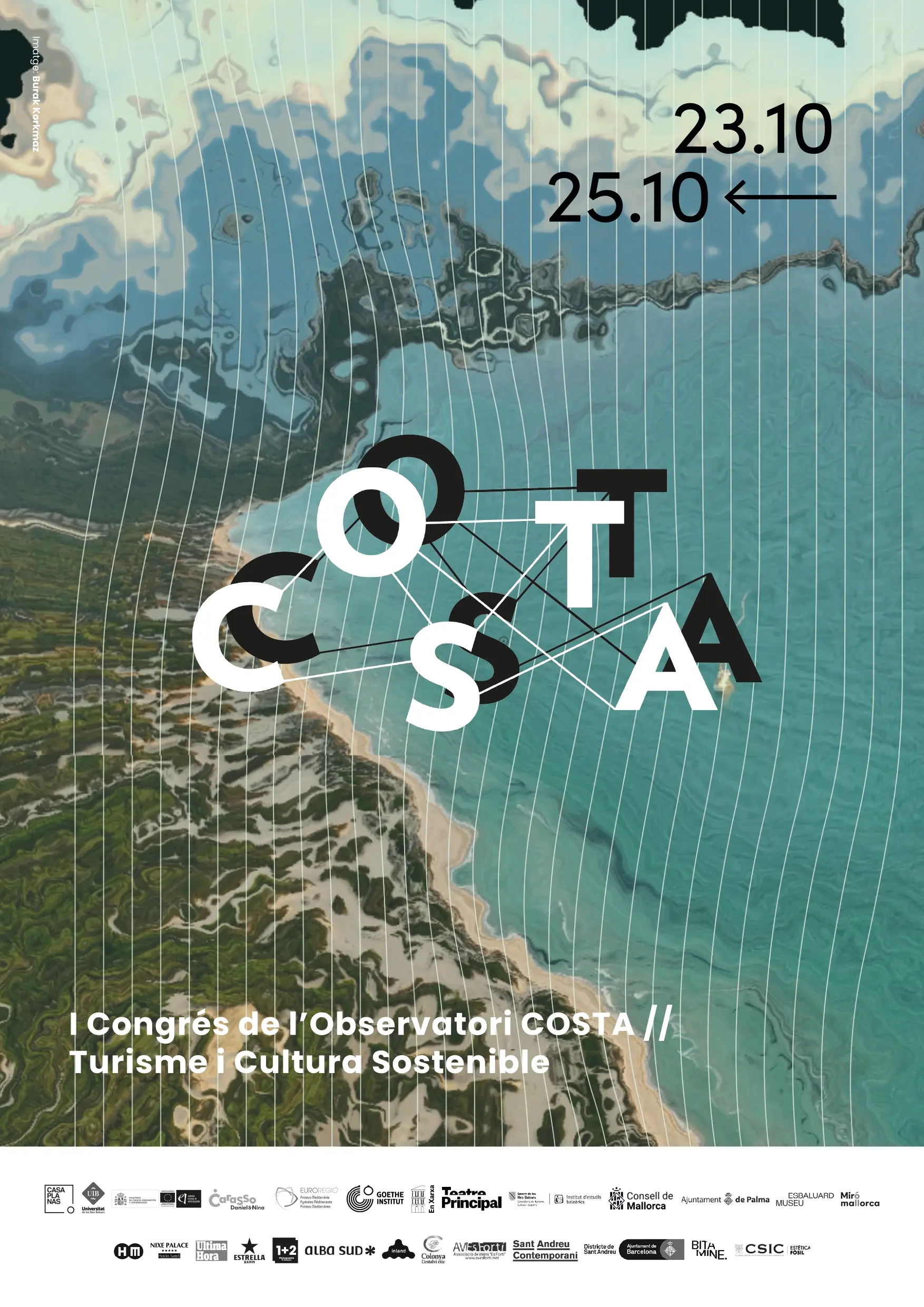
I met Marina at Fotofest, Houston, in 2024. Casa Planas and her project were included in the ‘Ten by Ten’ new discoveries exhibition of works viewed in portfolio sessions 2022/23. I was lucky enough to be present when she did a presentation about Casa Planas relating to works that she had installed in the exhibition which were striking because of the research she had pursued in relation to the Planas archive photographs.
Yes, recently I have been thinking about the shift from sending postcards to Instagram and selfies. (I shall be talking about this during the round table discussion that opens the conference). Instagram certainly allows not only for ‘I am here’ statements but also for ‘I was also here’ visual affirmations of being on trend, for example, at fashionable beaches, monuments, viewpoints or eateries. The visual conversation is dynamic as the ‘like’ or ‘smile’ response is prompt. This contrasts with postcards which could – and still can - be bought and sent but take several days or even a week to reach their destination.
But purchasing postcards supports local business – photographers, photography studios, printers, shops selling stamps, and so on. Fewer postcards made, purchased and mailed, impacts the local economy. By contrast, instagram primarily benefits international tech companies who supply the phone, the photo editing systems, and the back-up rental storage in the euphemistically named ‘cloud’.
Beyond this, selfies and Instagram are about putting oneself in the picture, and about immediacy. Do people really look, experience or study places when their primary concern is to get a picture of themselves for instant mailing and multiple ‘likes’. Looking for a good spot for a selfie in a particular location is not the same thing as exploring and learning from places. This may sound rather self-righteous - as if extending cultural experience and knowledge is a higher order mode of holidaying – but selfies are not about witnessing places and events as an observer or visitor. In being literally self-centred, arguably they reconstitute circumstances only in relation to the image-maker which, by extension, might be taken as a self-preoccupied or self-indulgent view of travel, places and cultural differences.
Learn more about COSTA: The 1st Congress on Tourism and Sustainable Culture

